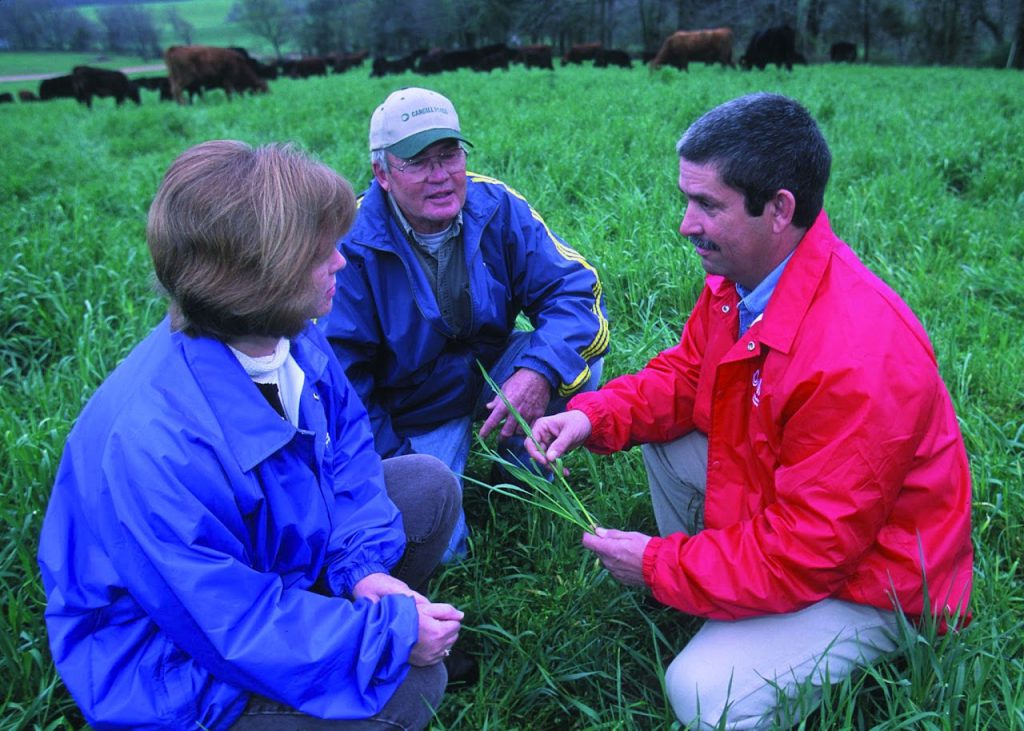Enroll & Re-Enroll
Every farm is unique — and so is every CREP contract. So there are a few steps along the way between the first time you think “maybe this is a good fit for me” and watching the sun set over your improved farm. Here is an overview:
Step 1: You Reach Out to Us
The easiest way for a landowner to get the ball rolling is to invite a local CREP Planner to contact them. After a friendly Q&A over the phone or at the office, the landowner can decide whether to look into this some more.
Step 2: We Confirm Your Eligibility
If you want to move forward, Farm Services Agency (FSA) will confirm that both you and the land are eligible for the project. Assuming yes, they will help you fill out a preliminary application for the program.
Step 3: We Visit Your Land
A CREP representative will visit and tour the project site with you. You’ll discuss your goals for the project and the CREP planner will present some ideas for your consideration.
Step 4: Preliminary Offer
If you want to move forward, the planner will help you fill out the paperwork to make a preliminary offer that spells out what you will do and how much the government will pay. Once you and the FSA come to an agreement, you accept and sign the contract.
Step 5: Conservation Plan
Once the contract is signed, the parties develop a conservation plan for the land covered by the contract.
Step 6: You Improve Your Land and We Pay You
Once the conservation plan is finalized, the fun part begins. Trees and grasses get planted. Fences get built. Wells get dug. Etcetera. When the work is done, you file for reimbursement and a CREP representative checks the work to make sure it passes muster.
Step 7: You Maintain the Project and Collect Rental Payments
For most contracts, that means you keep the trees alive and the weeds under control, as specified in the conservation plan. Some contracts may specify other maintenance steps.
Step 8: You Renew (or Not)
Contracts last for 10-15 years. You may have the option to renew at that time.

